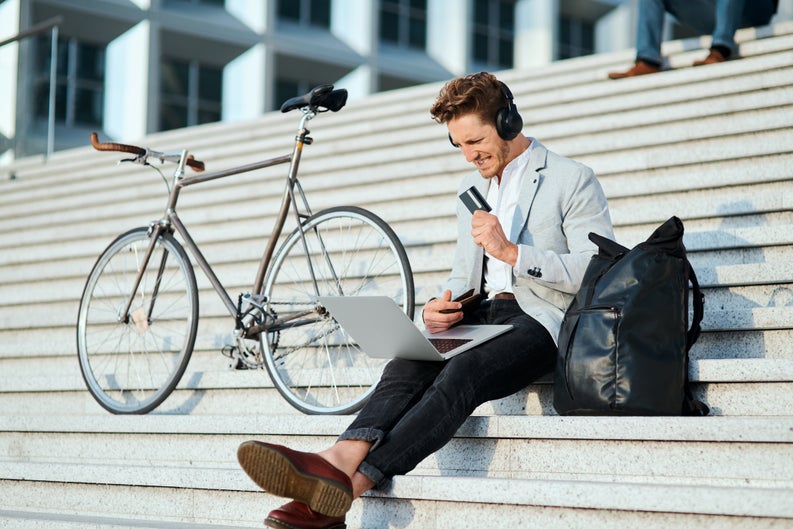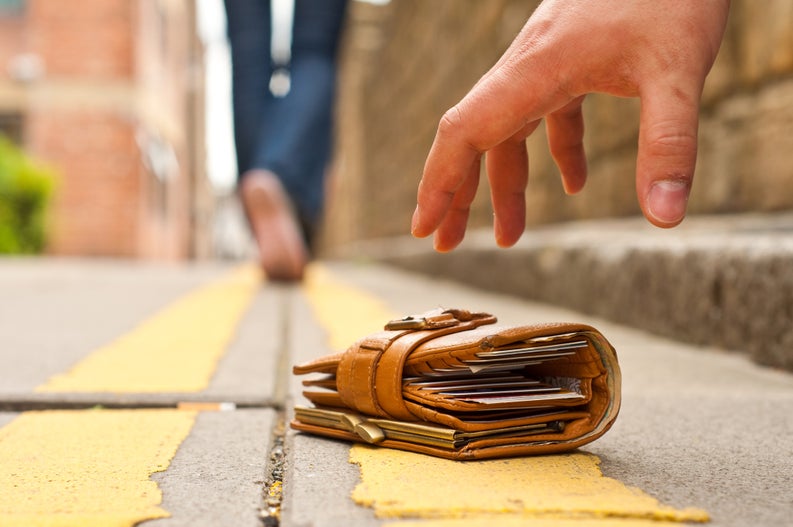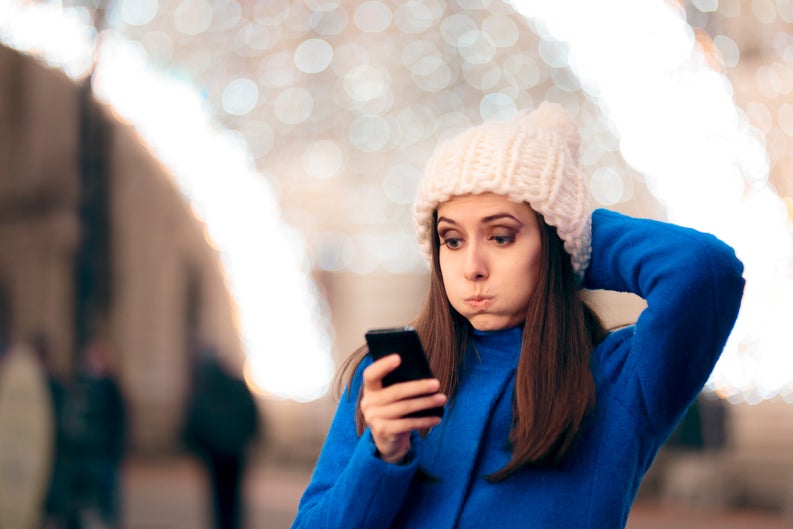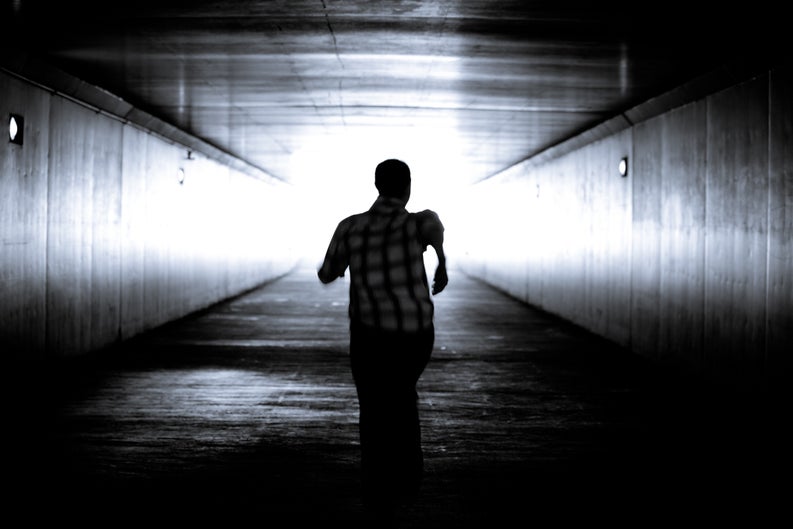Model approach retailers eye contact to let you spend more
Some thought, and holiday shopping: When it comes to buying, your subconscious make a decision for a few seconds before, your consciousness is aware of it. In other words, your emotional self is really buying. Your rational self, then rationalization. “In the subconscious decision red convertible with 100 kinds of neuromarketing persuasion and convince consumers: a rational mind trying to explain decisions in terms of fuel economy,” Roger Dooley, Brainfluence the authors said.
Neuromarketers our minds to try to find driving purchasing decisions. Tools of trade including eye tracking technology to measure brain electrical activity in EEG and functional magnetic resonance imaging MAGNETIC, tracking blood flow detection areas of activity in the brain. But a lot of science has always know just what marketers, advertisers and retailers to confirm: the buyer is not satisfied; they draw. “Your input is the temptation of the region, as long as you enter the department store, the only purpose is to let you buy more” brand guru Martin Lindstrom says.
He said the process begins when you walk past the display window. Models never look straight out to the street; they look left or right, you better make eye contact, you go. Without realizing it, you will feel obliged to stand.
Retailers know that your sense of smell is a powerful force subconscious. Desire, it can trigger memories and associations to let us stay and affect us buy at the store. According fragrance Marketing Institute, we might browse time in the store, floral or citrus scent longer feel safe and nostalgia, when we smell talcum powder, feel relaxed when lavender or vanilla smell. Lindstrom said that every piece of clothing department store to try on average nine times. Therefore, in the locker room a fresh lemon grass or smell to influence who came before you, distract you.
You hear music, if your target customers, will be an updated version of what is popular, when you were 18 you will recall the good old days of feeling without feeling stuck in the past. In lighting the clothing sector will be warm and soft, and clothing may be “Vanisized” -manufactured ratio than competing on the label or brandThe size of the same size. Your perceived value can tilt “contrast effect,” says marketing professor at the University of Florida Dipayan . $ 20 shirt like when it is placed next to the $ 40 shirt bargain. Even if the ink sales mark the use of color: red price promotions even more intense, and therefore more compelling
Trade
Tricks, such as retail skills immoral? Not really, he says Neuroeconomic research neuroeconomist Paul Roszak at Claremont Graduate University Center. “We have been trying to manipulate people – for example, when we meet people who raise children or to people that we manipulate the profit motive is not surprising,” he said. And many practices are what makes a happy shopping.
However, you can ensure that you will not break your budget. When you’re shopping, clear your schedule, and the list. Stephen sands Sands of neuromarketing research company, said people often planned to spend the least; time-pressed consumers to spend more, more impulsive. Alone shop. Increase and partner expenses by up to 17% to Lindstrom said; there is a friend, between 7-9% it will grow. Wait before you buy, whether you need a half-hour break, or you go home to sleep on a big purchase decision. This makes the cognitive areas of your brain engaged. Remember, they are a bit slow.











